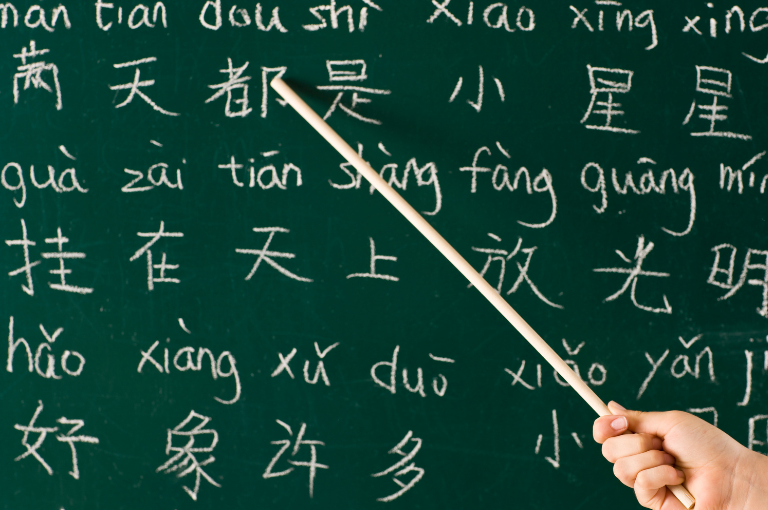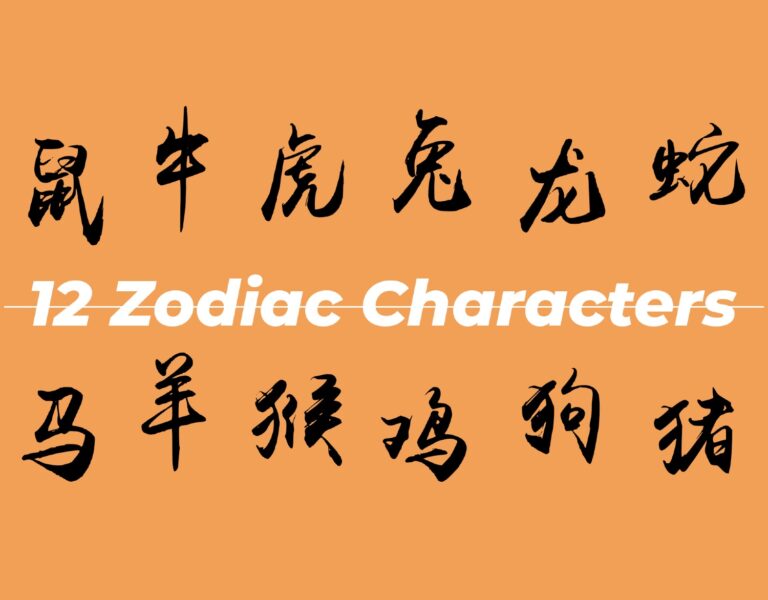How to Read Chinese: Tones
If you’re just getting started with Pinyin, start with our first three posts, What is Pinyin?, Pinyin Initial Sounds, and Pinyin Final Sounds.
As mentioned previously, Pinyin uses Roman letters to transcribe Chinese sounds. In Chinese, each character corresponds to one syllable (which can be one word, or part of a word). Chinese syllables consist of three elements: an initial sound, a final sound and a tone. Today we’re going to learn about tones.
Mandarin is normally said to have just four tones. However, there is also a neutral tone which does not occur very often but is just as important. The four tones are each indicated by a tone mark (diacritic) placed on top of the vowel. The neutral tone does not have a mark.
Tone plays a very important role in the meaning of the characters. Different tones in pinyin will lead to a different character and meaning of each Chinese word. As mentioned, there are mainly four tonal categories written in pinyin: high, rising, falling-rising and falling. Examples can be seen in the chart below.
| Tone | Chinese Example | Note |
| 1 | mā 妈 (mom) | begins high and stays high |
| 2 | má 麻 (hemp) | begins at mid-range and ends high |
| 3 | mǎ 马 (horse) | begins mid-range, dips low, ends mid-range |
| 4 | mà 骂 (scold) | begins high and ends low |
| Neutral | ma 吗 (question particle) | neutral tone |
Initially, when listening to examples of the four tones of Mandarin they might sound quite similar to you. However, if you continue studying them regularly, you will soon be able to hear the differences among the four tones. Speaking them yourself is a whole different matter! The real challenge will come when syllables are strung together to form words, phrases and sentences. Getting the tone right for each syllable in a longer string of syllables is something you will have to pay particular attention to for a significantly longer period of time.
Many first-time learners are told horror stories about how easy it is to utter something unintended by failing to use the correct tone. In actuality, as you’re learning your tones will likely sound more like gibberish than a real word. That doesn’t matter, keep practicing! Through the context of what you’re saying many will understand what you’re saying even if you make a few mistakes with your tones. This is also another reason to learn reading and writing – so that there is no question of what you are trying to say!
In spoken Chinese, Tones are formed by controlling the pitch of your voice to form a distinctive pitch contour. When writing Pinyin, the placement of the tone mark is determined by these rules:
- If there is only one vowel, it takes the tone mark.
- If there is more than one vowel, then the vowels {a}, {e}, or {o} take the mark.
- If the vowel cluster is {ao}, then {a} takes the mark.
- If the vowel cluster is {iu} or {ui}, the last letter takes the mark.
- One additional rule in writing the diacritics is that whenever the mark is placed over an {i} , the dot of the i is replaced by the mark..
- If the syllable takes the neutral tone, no diacritic is used.
The rules will quickly become second nature to you as you learn to read and write in Pinyin.
Sometimes numbers are used to represent the tone. This is the case in computer input methods, and on any computer or print publication where use of the diacritics or tone marks are deemed to be too cumbersome. The convention for using numbers in place of diacritics is to simply place the number at the end of the syllable.
Example: 好 hǎo hao3
As you get used to reading pinyin, knowing the tones will be crucial in knowing which character the pinyin is representing!
Check out this fun video from our friend, Angel, at MandarinHQ about tones: https://mandarinhq.wistia.com/medias/u0duitexva







